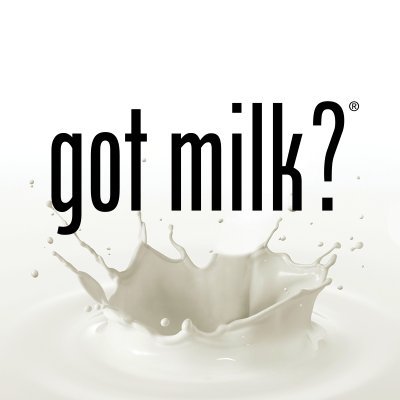The Truth Behind the Dairy Industry
Cow’s milk is one of the most iconic drinks in the country. Urged on by schools and the media, Americans have embraced milk and dairy products for decades, with little question as to why they’ve allowed themselves to be so reliant on these products. False claims have taught people that milk is essential for human health. Support from the government has reinforced myths about dairy products and health, and those falsehoods have been with us for generations, so they are rarely questioned, yet they should be.
As a source of calcium and vitamin D, milk is said to aid bone health and improve bodily functions. In addition, milk’s amino acids and fats purported help muscle and heart health, respectively. Campaigns and popular advertisements, such as the “Got Milk?” ads, starting in the early ‘90s, have swayed consumers to buy more dairy products. What may be more important is that these campaigns changed the way Americans think and caused most to believe that cow’s milk is essential for human health.
Cow’s milk is a source of vitamins and fats, but its positive effects on health are unclear. There is roughly 14% of the recommended daily intake of calcium in one cup of whole milk, which would seem to indicate that it’s a great thing to have to support bone health or growth. Yet, according to a 2015 study by the British Medical Journal, dairy product consumption has no effect on bone health. A study by the National Library of Medicine showed that those who consumed more milk during adolescence had no fewer bone fractures as adults. In fact, the Physicians Committee for Responsible Medicine has linked overconsumption of calcium to higher rates of prostate cancer. A different study from the same organization found up to a 50% increase in the likelihood of breast cancer from drinking just one cup of milk per day.
In addition to calcium, milk supplies roughly 7% of the daily recommended dose of vitamin D. While vitamin D may protect against colon cancer, there is a higher chance of pancreatic cancer the more one eats or drinks any dairy product. Additional cancers may also come from the high saturated fat content, and this would also raise cholesterol levels and increase chances of heart disease or stroke. Beyond concerns about excess fat, it’s common that unwanted antibiotics and hormones are often found in milk, which can have negative effects on one’s nervous, reproductive, and immune systems.
Beyond the human health risks associated with dairy, consider the stresses and abuses inflicted on cattle. Cows are confined to individual-sized pens of roughly 8x3x5 feet, where they spend most of their 4 to 5 years on concrete flooring in repulsively unhygienic surroundings. Newborn calves are removed from their mother’s side immediately, creating heartbreaking stress on both mothers and babies. Male calves are taken to veal or cattle ranches to be ground into beef. Female calves are raised, fattened with hormones and antibiotics, and after they are “milked out,” they too will be trucked away to become someone’s next meal. In rarer cases, workers outright and casually beat the cows due to frustration or annoyance. Undercover activists have shared video clips of employees hitting, kicking, and jabbing cows with metal prongs for being difficult. Another undercover video shows dairy industry employees leaving newborns who don’t appear strong enough to live in the mud to die without their mothers. People who want to consume dairy products should look for brands that allow dairy cows to have more space, unconfined in pens, in pastures.
In addition, the dairy industry harms the environment. Dairy cows produce methane gas when digesting food, which is released into the atmosphere by natural processes, contributing to global warming. Ten pounds of milk are required to make one pound of cheese. To put that in perspective, the average dairy cow will produce an average of 40 lb of milk over 10 months, with one pound every 4 to 5 days, with there being around 9 lb in one gallon of milk.
Some of this information may be entirely new to some. Marketing tactics and advertisements have led people to believe false messages about milk and dairy products. Since WWII, the government sought to increase milk production to send it to troops on the warfront. But farmers weren’t able to meet demand, as they weren’t getting paid enough. As a result, the Department of Agriculture stepped in and started promoting the industry, specifically by funding farms and teaching children to love milk, igniting a new wave of the perceived need for dairy products. Today, corporations and businesses are still supported by local and federal governments.
Americans’ demand for dairy products is the result of years of government and industry misinformation, designed to prop up producers. None of this is necessary: the solution is for us to all make the decision to reduce or end our reliance on dairy products.



